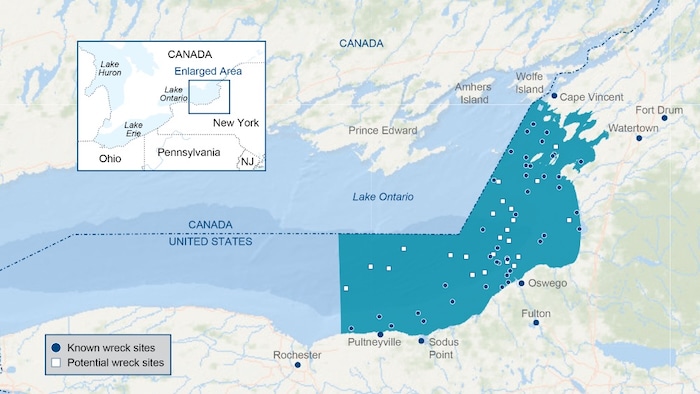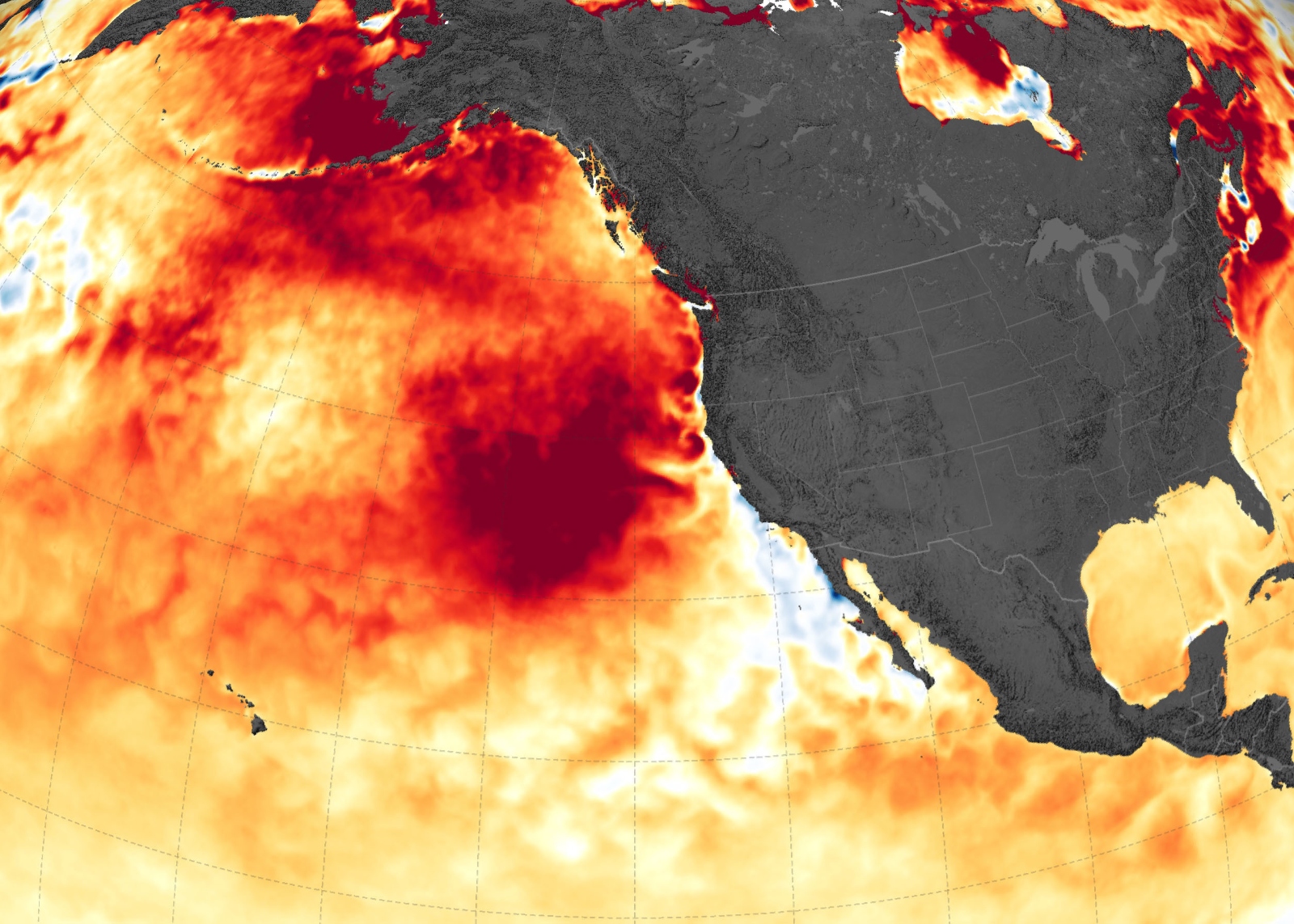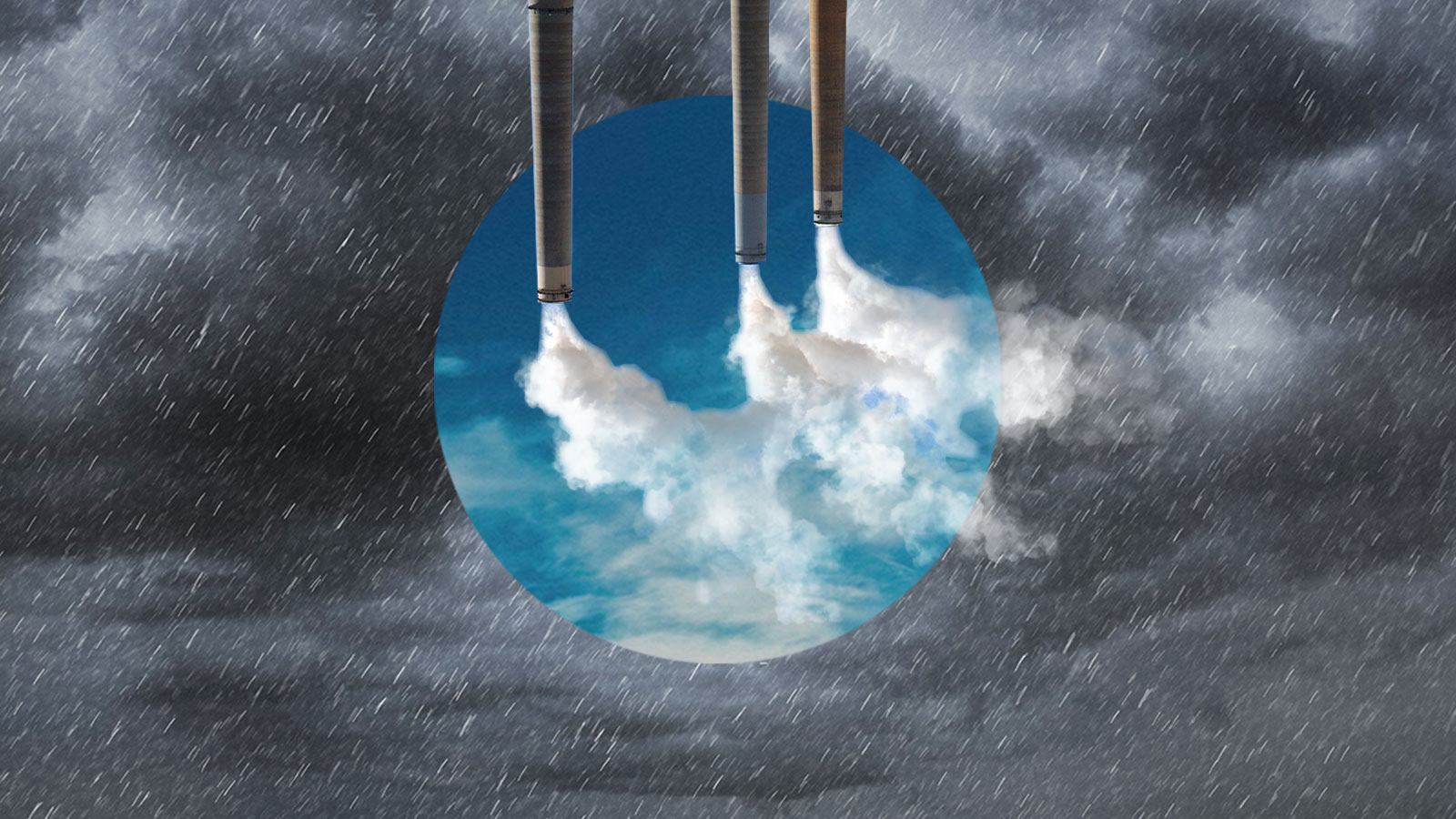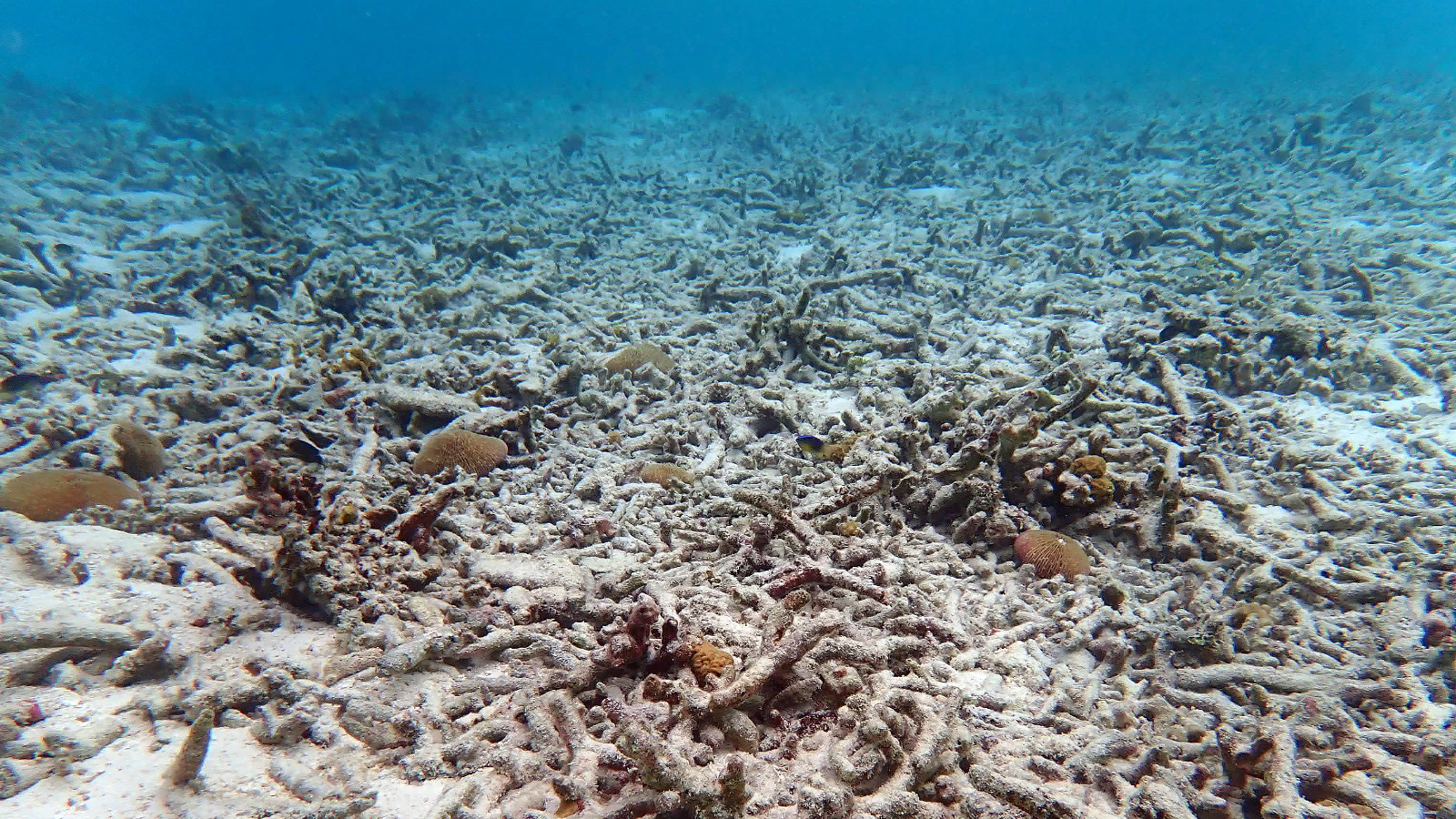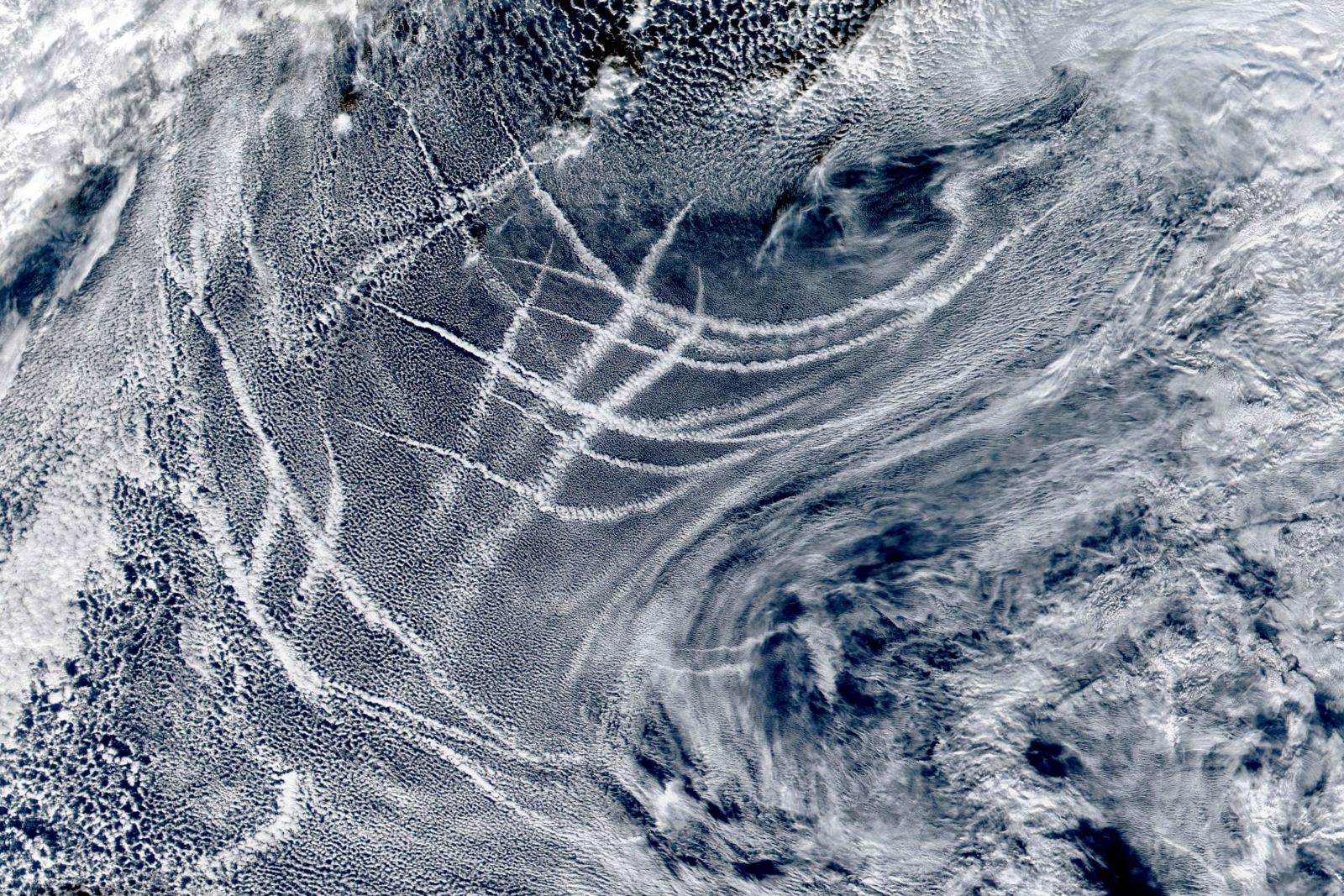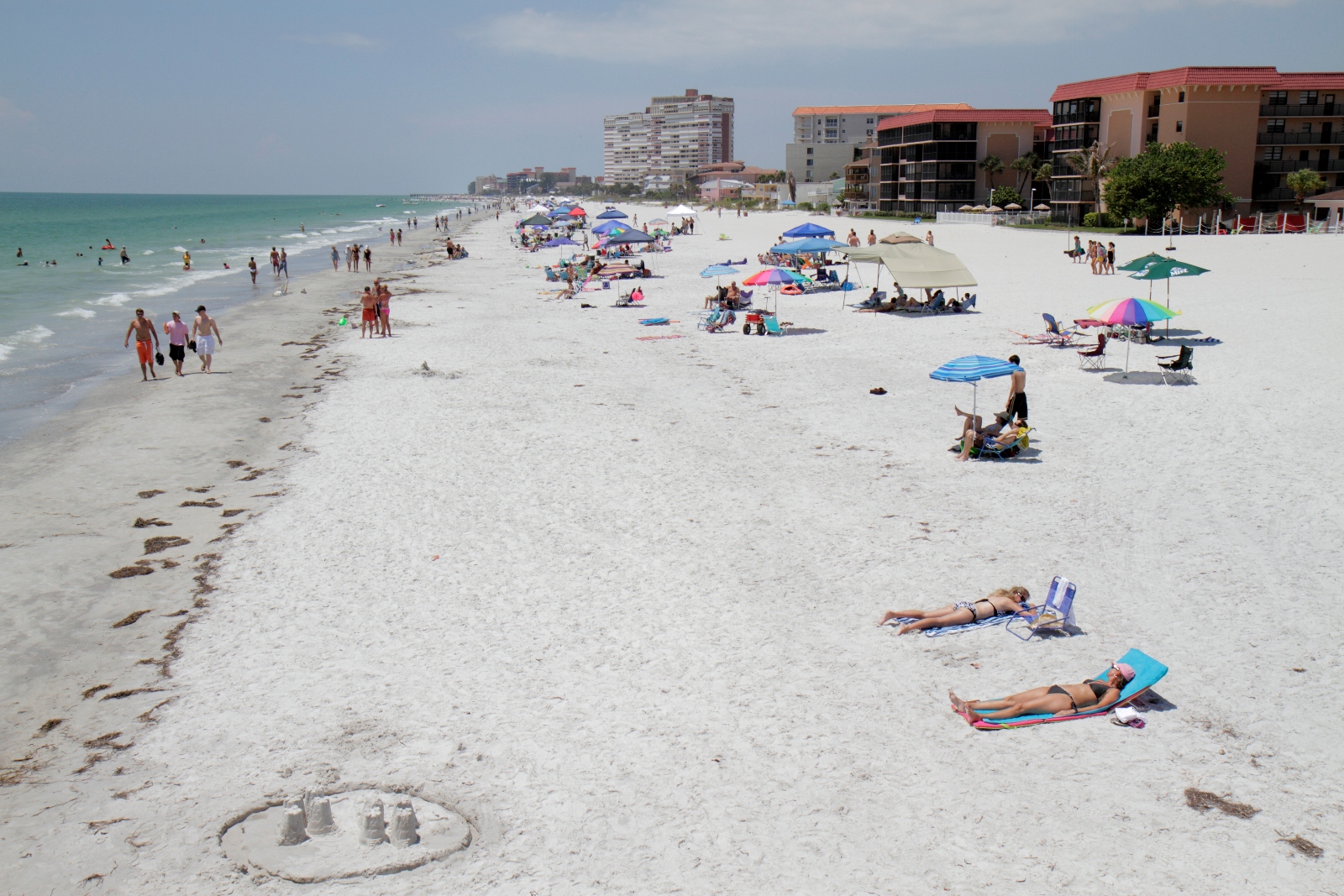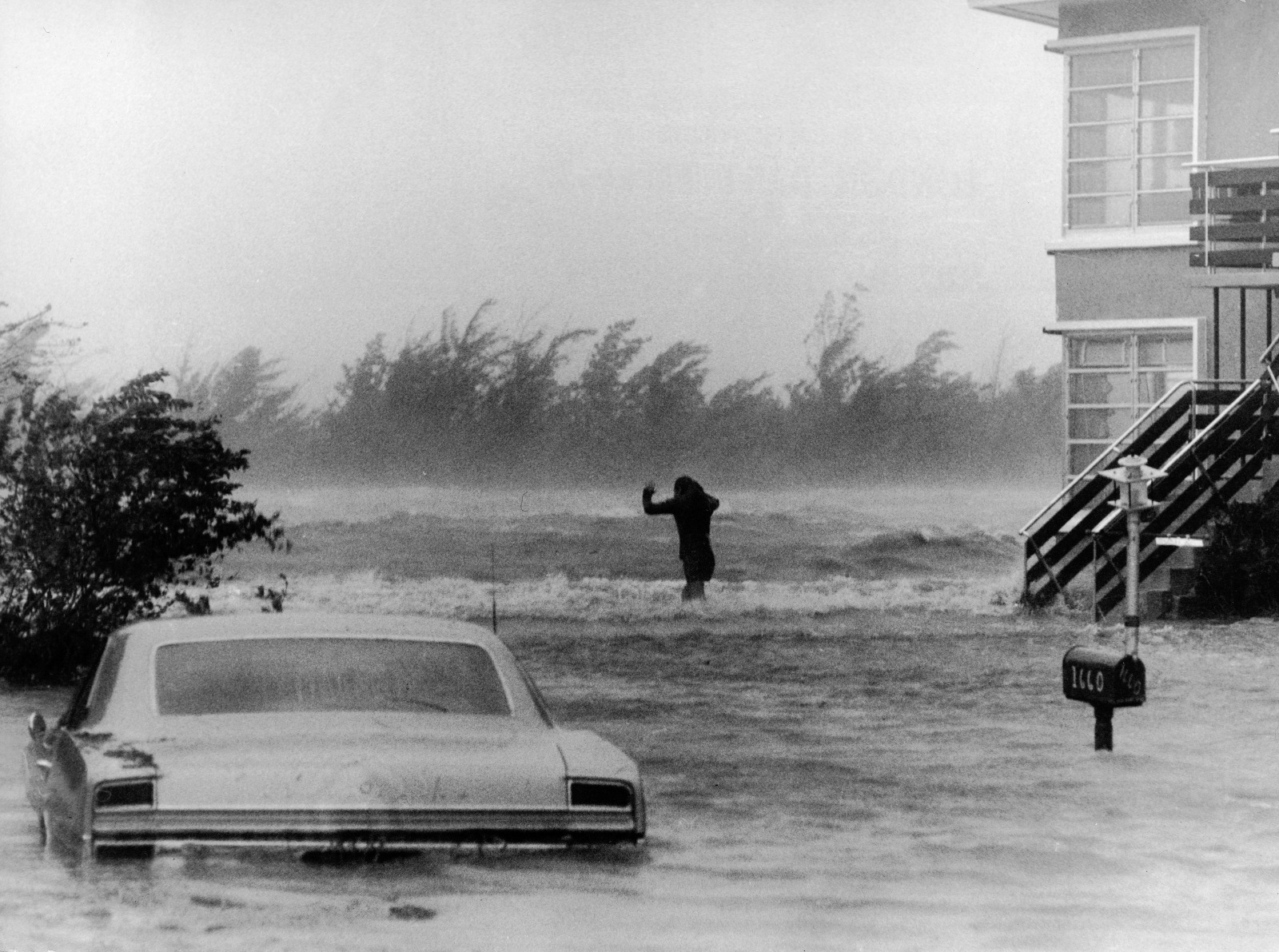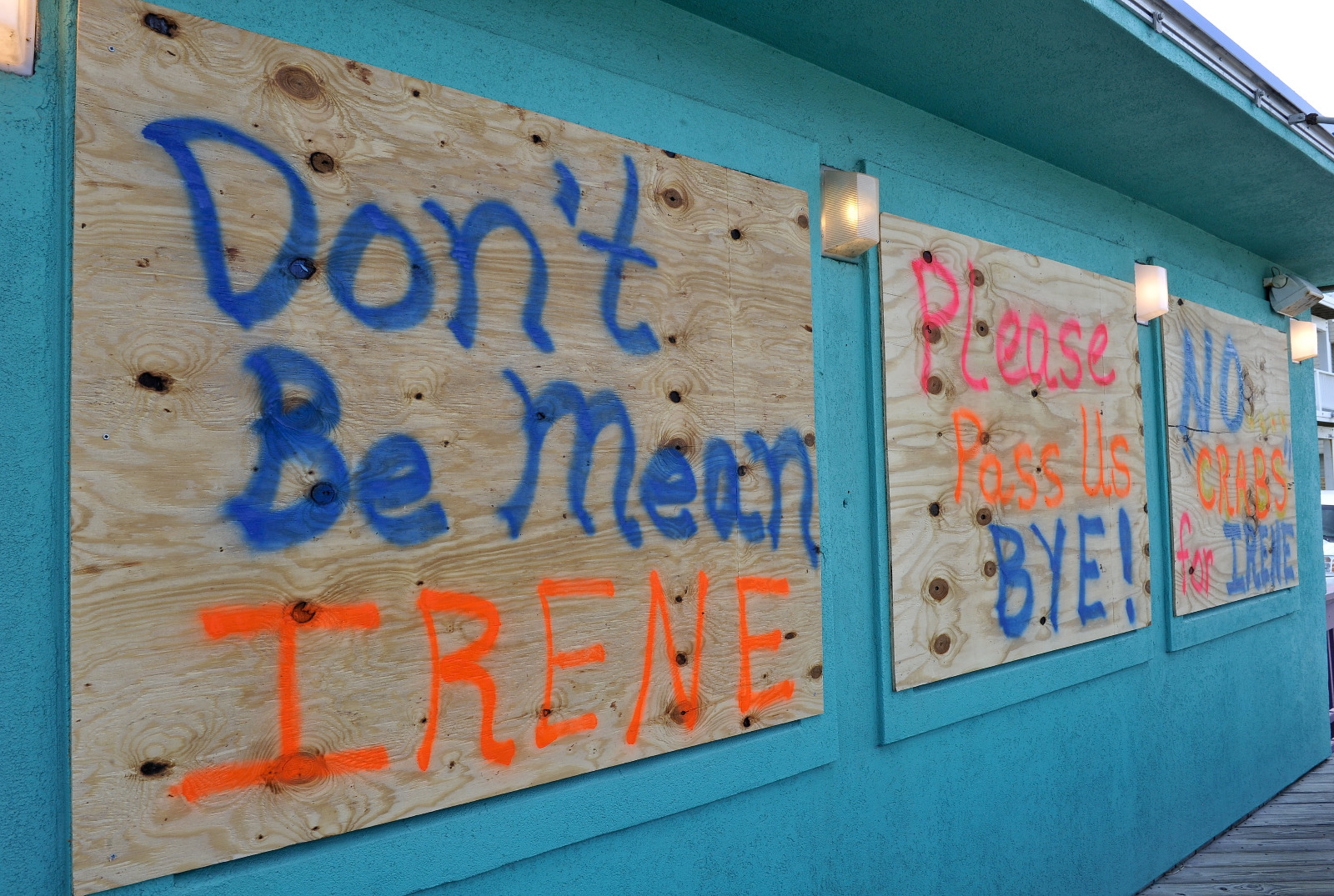At an economic summit in Ireland last month, New York Governor Kathy Hochul bragged about her state’s decades-long quest to implement so-called congestion pricing in New York City. Within mere months, the extensive toll system was poised to take effect, charging cars and trucks a once-per-day fee between $15 and $36 to enter lower Manhattan — a move that, in addition to the quality-of-life benefits touted by Hochul, promised to both drastically reduce carbon emissions in one of the country’s most congested regions and also provide badly needed funding for its most extensive mass transit system.
“It took a long time because people feared backlash from drivers set in their ways,” she said in her speech. “We must get over that.”
Ultimately, however, Hochul herself couldn’t seem to get over this fear. On Wednesday, the governor announced an “indefinite” halt to the soon-to-debut program. In doing so, she jeopardized not only a road-ready policy to improve quality of life in New York City but also the “nation-leading climate plan” that is one of the governor’s signature initiatives.
In reality, New York’s ambitious climate goals — cutting greenhouse gas emissions 40 percent by 2030 and 85 percent by 2050 — predate the current governor. The state passed its landmark climate law back in 2019, but ever since then its success has been far from certain. This is in large part because the effort depends on a lot of factors that are outside of the state government’s control: the completion of major wind farms in the waters off of Long Island, the building of an electricity transmission line to bring carbon-free hydropower into the state, and the retrofitting of thousands of old and inefficient buildings in New York City, among others.
One thing the government could control, however, was congestion pricing, a plan that had undergone years of consultation, modeling, and study that demonstrated with confidence that it would dramatically slash car traffic in New York City, easing gridlock and reducing air pollution from vehicle tailpipes. Modeled on successful programs in London and other European cities, the toll policy traveled a long road to approval since then-mayor Michael Bloomberg started to push for it in earnest around 2007. It was finally set to become a reality this month, following years of stringent environmental review and political squabbling. Then, on Wednesday, Hochul ordered the Metropolitan Transit Authority to “indefinitely pause” the program, saying it would have placed an “undue strain” on drivers and added “another burden to middle class New Yorkers.”
The abrupt decision, reportedly an attempt to court voters in contested congressional districts in suburbs outside the city, has all but doomed what had been a landmark climate policy more than a decade in the making. (The governor’s office did not immediately respond to Grist’s request for comment on Wednesday afternoon.) It has also left many transit and climate advocates rudderless, and clouded the state’s path to meeting its already tenuous climate goals.
“We cannot take on climate change without addressing transportation,” said Sara Lind, the co-executive director of Open Plans, an urbanist advocacy group based in New York City. “Canceling it is a huge mistake in terms of our approach to climate change. We need our Democratic governor to be a leader on climate change, but she’s just caving.”
Indeed, transportation is the largest source of greenhouse gas emissions in New York state and the second-largest emissions source in New York City, just behind the city’s buildings. It’s also the largest source of air pollution from harmful tailpipe chemicals like nitrogen oxide and carbon monoxide, which cause asthma and a bevy of other lung and heart diseases.
The MTA’s analysis of the program found that congestion pricing would reduce traffic into lower Manhattan by around 17 percent, cutting the city’s overall carbon emissions by around 1 percent as drivers opted to take public transportation instead of driving, burning less gasoline in the process. These effects would have been most significant in downtown Manhattan, where the policy would have reduced greenhouse gas pollution by more than 11 percent.
The policy was also projected to promote a virtuous cycle in the city: The MTA estimated it would collect around $1 billion per year in tolls, and it planned to use that money to anchor a $15 billion bond issuance for capital work on New York’s aging but heavily-used public transit system. Upgrades and expansions in the subway and bus system would likely have incentivized more residents to take mass transit rather than driving.
Similar congestion pricing systems have achieved air quality benefits in places such as London, Singapore, and Stockholm, which saw carbon emissions decline by around 10 percent when it rolled out a tolling program. A recent analysis of 16 such systems found that they “provide local governments with a relatively cost-effective tool to implement consistent reductions in greenhouse gas emissions.”
Despite the data, the congestion pricing plan had many opponents, from New Jersey’s Democratic governor Phil Murphy to Republican state representatives on Long Island. Many of these opponents cast the $15-per-day congestion fee as a regressive tax on low-income drivers in the outer boroughs and suburbs. The MTA’s analysis found that these concerns were overblown. According to the agency, there are only 5,200 residents in New York City who commute to Manhattan by car and live more than a half-mile away from some form of public transit. The agency also promised to create a toll waiver for low-income drivers, though that category was estimated to include only 18,000 drivers in the entire New York metropolitan area, which is home to more than 20 million people.
The plan also drew criticism from some community advocates in outer boroughs such as the Bronx and Staten Island, who argued that discouraging traffic into Manhattan would increase pollution burdens in their neighborhoods. The MTA found that these increases would be minuscule, but it also pledged to mitigate them by taking steps like electrifying diesel trucks in pollution hotspots like the Bronx’s Hunts Point Food Market.
But this year, as the policy inched closer to becoming a reality, most politicians and interest groups in New York came around to supporting it. Even the Real Estate Board of New York, or REBNY, a powerful lobby that has supported Hochul, expressed disappointment with her decision to scrap the toll program.
“Congestion pricing will provide environmental and transportation benefits that will make New York City more competitive on the national and international stage,” said REBNY president James Whelan in a statement. “Any delay in its implementation should be of a limited duration.”
In the pre-recorded video that announced her decision, Hochul said that “there never is only one path forward.” Indeed, says Lind, there are other measures that New York could take to reduce transportation emissions: The city could restrict freight traffic deliveries to certain periods of the day, as other cities such as Barcelona and Rome have done, or it could limit driving in residential neighborhoods. But the state’s best weapon to discourage driving is the MTA itself, and it’s hard to imagine the beleaguered agency upgrading its subway and bus systems without the billion-dollar boost that would have come from the congestion tolls.
This story was originally published by Grist with the headline Caving on climate: Kathy Hochul axes congestion pricing in New York on Jun 5, 2024.

